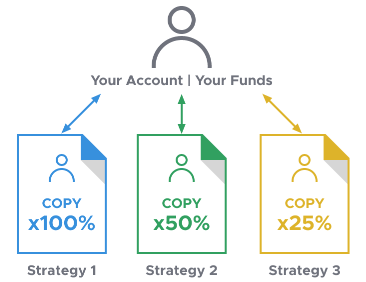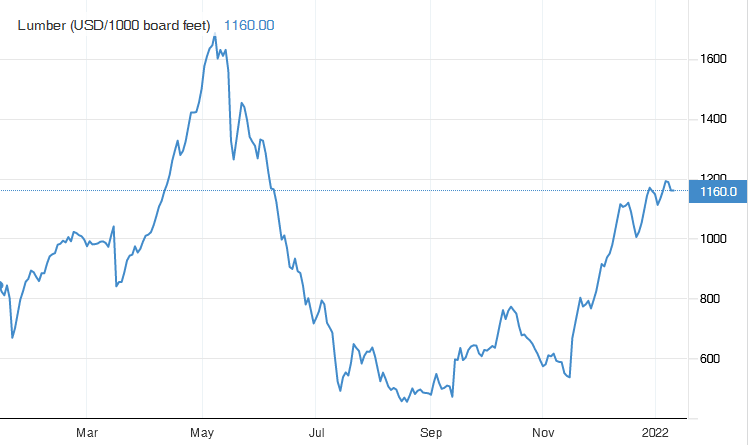
For the best dividend stocks to choose, look for both steady revenue growth as well as earnings growth. A lack of consistent or erratic growth in earnings can signal trouble. Competitive advantages of a company are important. They could include proprietary technology and low switching costs.
Enbridge
If you're looking for a great dividend stock, look no further than Enbridge. Canadian pipeline company Enbridge offers 6.3% annualized yield. This yield is more than the S&P 500's 1.3%. Furthermore, the company has seen its dividend increase for 27 consecutive years. Enbridge has managed to diversify from crude oil through the construction of wind farms off France's coast and other renewable energy projects. These projects will generate enough electricity to power approximately one million homes.
Enbridge has been paying dividends since 1992. TTM payout per shares at the moment is $2.66. That's 6.63% higher that the median. The current dividend payout rate is 2.29. The lowest is 1.06.

Helmerich & Payne
If you want to receive dividend payments on a regular basis, you should consider investing in Helmerich & Payne, Inc. (HP). The company has a long history of paying dividends, and it continues to do so consistently. The company's history of paying dividends can be seen below.
Helmerich & Payne operates as an oil and gaz producer. Its analysts are projecting a dividend of 2,85 USD per share in 2019. This would mean that the dividend yield is 6.99 percent higher than the average oil and gas producer. The company is expected to earn 174 million USD in revenue in 2019 and earn a profit per share of 1,62 USD. Its PE-ratio of 25.16 is high for the industry.
T. Rowe Price
T. Rowe price currently has a dividend yield of 37%. The company's track record of profit growth is long. The company went public in 1986. It has survived several recessions including the 2001 dot-com boom and the 2008 financial crisis. During these recessions, T. Rowe Price's stock price suffered, but it bounced back with sustained growth in the following years.
The company's dividend payout ratio has not changed over the past twenty years. By 2022, the dividend payout ratio is projected to be 45.4%, which would make it the highest dividend stock in the S&P 500. Its low rate of dividend growth, which is in the double digits, will likely be maintained over the next several years. The company is a Dividend Aristocrat. This designation is reserved for stocks that have continuously increased their dividends for at least 25 years.

Brookfield Infrastructure
Brookfield Infrastructure is a company that pays a high dividend. Last year, Brookfield Infrastructure paid out 104% as a dividend. The company also increased its earnings by reinvesting more profit in growth. This has contributed to dividend growth in the past two years. Investors need to note that the company's dividend was not adequately covered by earnings.
Dividend history can be used to help investors evaluate the sustainability of dividend payments. Brookfield Infrastructure Corp BIPC’s history of dividend payments can be used to determine the reliability and long term trends of its payments. Dividend yield and growth are just two metrics to look at when you analyze a company’s history with dividends. These numbers can be compared with the current figures for the company and other industry peers.
FAQ
What is a fund mutual?
Mutual funds can be described as pools of money that invest in securities. They offer diversification by allowing all types and investments to be included in the pool. This reduces the risk.
Mutual funds are managed by professional managers who look after the fund's investment decisions. Some funds offer investors the ability to manage their own portfolios.
Mutual funds are more popular than individual stocks, as they are simpler to understand and have lower risk.
What is the difference in marketable and non-marketable securities
The differences between non-marketable and marketable securities include lower liquidity, trading volumes, higher transaction costs, and lower trading volume. Marketable securities, however, can be traded on an exchange and offer greater liquidity and trading volume. These securities offer better price discovery as they can be traded at all times. But, this is not the only exception. Some mutual funds are not open to public trading and are therefore only available to institutional investors.
Non-marketable securities can be more risky that marketable securities. They generally have lower yields, and require greater initial capital deposits. Marketable securities are typically safer and easier to handle than nonmarketable ones.
A large corporation may have a better chance of repaying a bond than one issued to a small company. The reason is that the former is likely to have a strong balance sheet while the latter may not.
Because they can make higher portfolio returns, investment companies prefer to hold marketable securities.
What is a Stock Exchange?
Companies can sell shares on a stock exchange. This allows investors the opportunity to invest in the company. The market determines the price of a share. The market usually determines the price of the share based on what people will pay for it.
The stock exchange also helps companies raise money from investors. Investors are willing to invest capital in order for companies to grow. They buy shares in the company. Companies use their money in order to finance their projects and grow their business.
There are many kinds of shares that can be traded on a stock exchange. Some shares are known as ordinary shares. These shares are the most widely traded. These are the most common type of shares. They can be purchased and sold on an open market. Shares are traded at prices determined by supply and demand.
Preferred shares and debt securities are other types of shares. Preferred shares are given priority over other shares when dividends are paid. If a company issues bonds, they must repay them.
How do people lose money on the stock market?
Stock market is not a place to make money buying high and selling low. You can lose money buying high and selling low.
The stock market offers a safe place for those willing to take on risk. They want to buy stocks at prices they think are too low and sell them when they think they are too high.
They are hoping to benefit from the market's downs and ups. If they aren't careful, they might lose all of their money.
What is the role and function of the Securities and Exchange Commission
Securities exchanges, broker-dealers and investment companies are all regulated by the SEC. It enforces federal securities regulations.
How Does Inflation Affect the Stock Market?
Inflation is a factor that affects the stock market. Investors need to pay less annually for goods and services. As prices rise, stocks fall. Stocks fall as a result.
Statistics
- Ratchet down that 10% if you don't yet have a healthy emergency fund and 10% to 15% of your income funneled into a retirement savings account. (nerdwallet.com)
- Even if you find talent for trading stocks, allocating more than 10% of your portfolio to an individual stock can expose your savings to too much volatility. (nerdwallet.com)
- For instance, an individual or entity that owns 100,000 shares of a company with one million outstanding shares would have a 10% ownership stake. (investopedia.com)
- Individuals with very limited financial experience are either terrified by horror stories of average investors losing 50% of their portfolio value or are beguiled by "hot tips" that bear the promise of huge rewards but seldom pay off. (investopedia.com)
External Links
How To
How to Invest in Stock Market Online
Stock investing is one way to make money on the stock market. You can do this in many ways, including through mutual funds, ETFs, hedge funds and exchange-traded funds (ETFs). The best investment strategy depends on your risk tolerance, financial goals, personal investment style, and overall knowledge of the markets.
First, you need to understand how the stock exchange works in order to succeed. Understanding the market and its potential rewards is essential. Once you understand your goals for your portfolio, you can look into which investment type would be best.
There are three main types: fixed income, equity, or alternatives. Equity is ownership shares in companies. Fixed income refers to debt instruments such as bonds and treasury notes. Alternatives include commodities and currencies, real property, private equity and venture capital. Each category comes with its own pros, and you have to choose which one you like best.
Two broad strategies are available once you've decided on the type of investment that you want. One is called "buy and hold." You buy some amount of the security, and you don't sell any of it until you retire or die. The second strategy is "diversification". Diversification means buying securities from different classes. You could diversify by buying 10% each of Apple and Microsoft or General Motors. Multiple investments give you more exposure in different areas of the economy. You can protect yourself against losses in one sector by still owning something in the other sector.
Risk management is another important factor in choosing an investment. Risk management is a way to manage the volatility in your portfolio. A low-risk fund could be a good option if you are willing to accept a 1% chance. However, if a 5% risk is acceptable, you might choose a higher-risk option.
The final step in becoming a successful investor is learning how to manage your money. A plan is essential to managing your money. A good plan should include your short-term, medium and long-term goals. Retirement planning is also included. Sticking to your plan is key! You shouldn't be distracted by market fluctuations. Your wealth will grow if you stick to your plan.